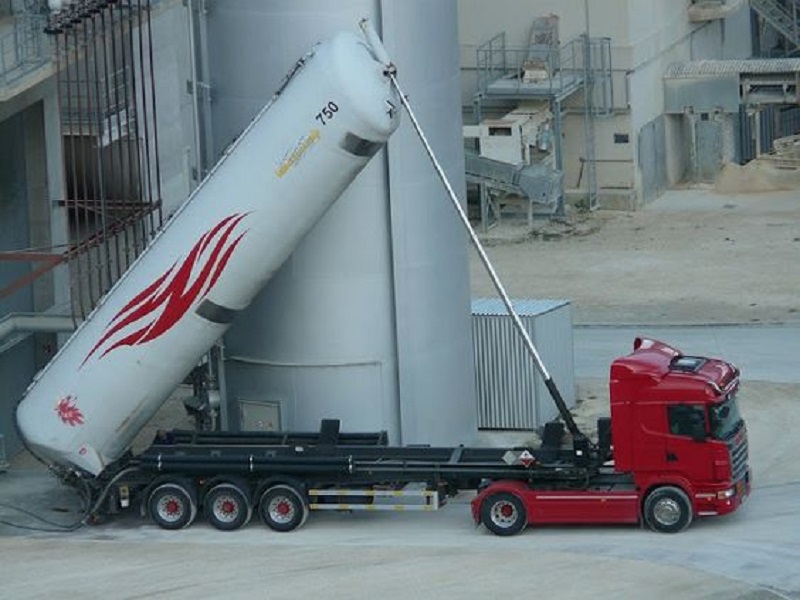There is always a danger and large amount of risk when the dangerous goods are transported either by air, road, rail or sea. The probability of accident is high and it can lead to massive destruction of the surroundings. Any leakage or spillage can damage the environment and living beings living in them. For that reason United Nations and Government of different countries have laid down rules and regulations that need to be strictly followed for hazardous goods transport.
Regulations and responsibilities
Different countries have different set of regulations and exemptions for transporting dangerous materials from one location to another.
-
To harmonize them, United Nations have set rules on the methods of hazardous goods transport and also classifications of each substance or materials assigned to the class explaining the level of danger.
-
Packaging group or PG and class explains how the hazardous goods should be packaged including inner and outer package, labeled, kind of packaging materials that must be used, and kind of marks and label must be applied.
-
Qualification of the driver, safety measures and role of safety advisors are also defined for transportation of dangerous goods.
Classifications of the Dangerous Goods
According to the European Agreement drawn by UN under the United Nations Economic Commission for Europe (UNECE), there are certain regulations over hazardous goods transport regulated internationally for all modes of transport. But before doing so, the goods need to be classified according to the kind of hazard and are arranged in classes on the predominant hazard.

Class 1: The items that have the ability to conflagrate or explode because of some chemical reaction are explosives. Flares, ammunitions, pyrotechnics or fireworks, fuse, igniters, TNT and RDX, air bag inflators, primers etc. are some of the commonly transported goods under this class.
- Mass explosion hazard
- Fire hazard
- Projection hazard
- Small hazard
- Extremely insensitive hazard
Class 2: The gases fall in this class of dangerous goods. Gases have the properties of being flammable, toxic and oxidize that can be dangerous.
- Flammable gases
- Non-flammable, non-toxic gases
- Toxic gases
Class 3: Flammable liquids are volatile, combustible and capable of exploding. The adhesives, tar, acetone, petroleum, gas oil, paints, alcohol, ethanol, ethers etc. are some commonly transported items under this category. There is no sub-division in this category.
Class 4: Flammable solids that are combustible, volatile and self-reactive in nature and posses the threat to catch fire or severe explosion or hazards fall under this class. Metal powder, matches, camphor, carbon etc are some examples.
- Flammable solids
- Spontaneous combustion solids
- Solids that emit flammable gases when come in contact with water
Class 5: Oxides are dangerous as they produce oxygen due to chemical reaction and contribute to combustion. Organic peroxides are unstable and can produce heat from decomposition.
- Oxidizing materials
- Organic peroxides
Class 6: Toxic and infectious substances fall under this class. Those substances that pose risk of causing serious harm and even death of humans and other living beings are toxic and infectious. Medical and biomedical wastes, acids, alkaloids, clinical wastes, medical specimens etc are such substances.
- Toxic substances
- Infectious substances
Class 7: Radioactive substances like radium, uranium, iridium isotopes, radioactive ores etc. are highly hazardous and come under this class.
Class 8: Corrosive elements that damage the living beings and surrounding like acids, batteries, flux, paints, dyes etc. are under this class.
Finally the class 9 goods include materials that are dangerous but are not under any above class are miscellaneous items. Dry ice, air bag modules, chemical kits, vehicles etc. are some commonly transported goods under this class.
If you want to know more about these transportation facility of dangerous goods then visit our website to get detail information.

